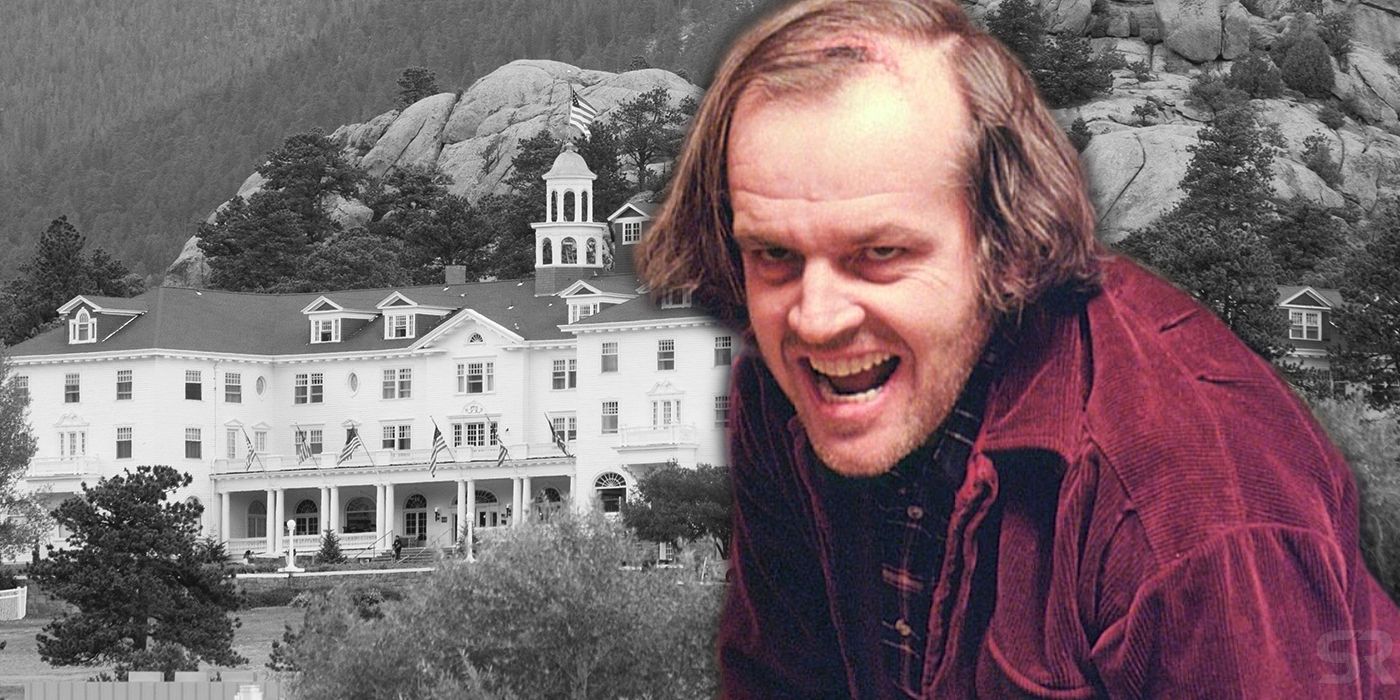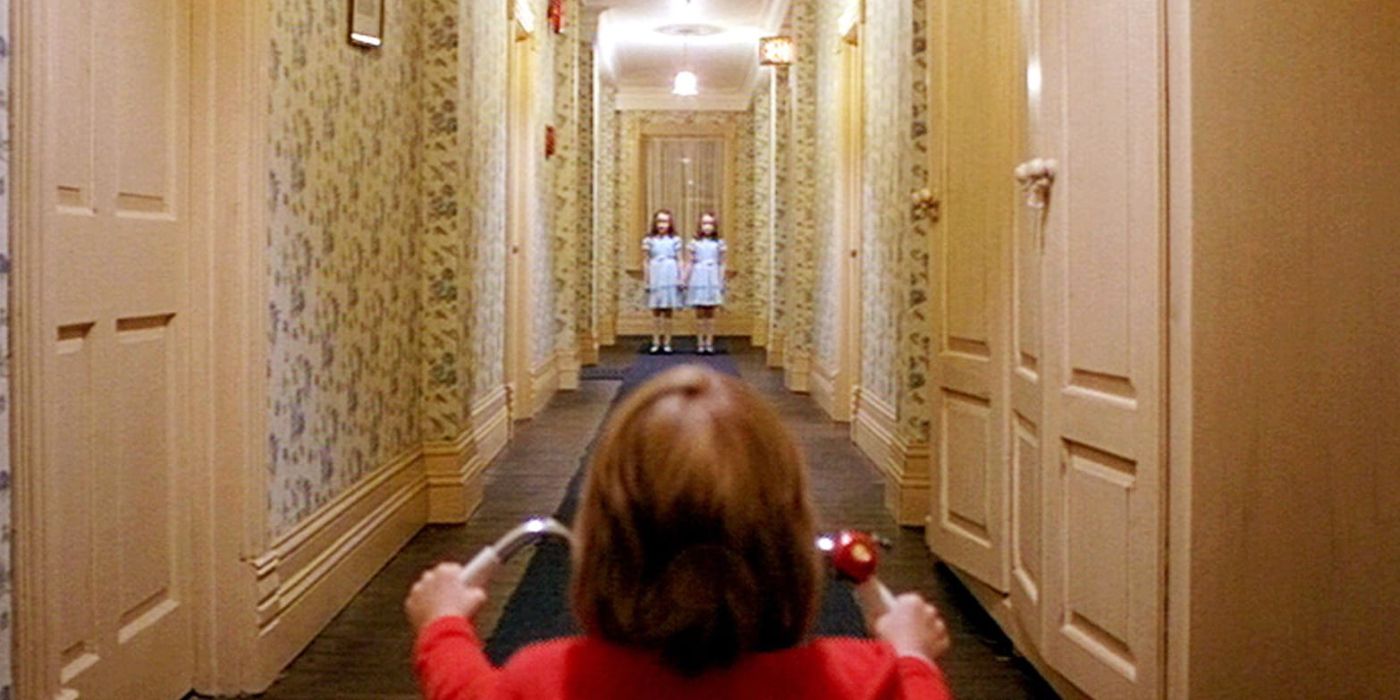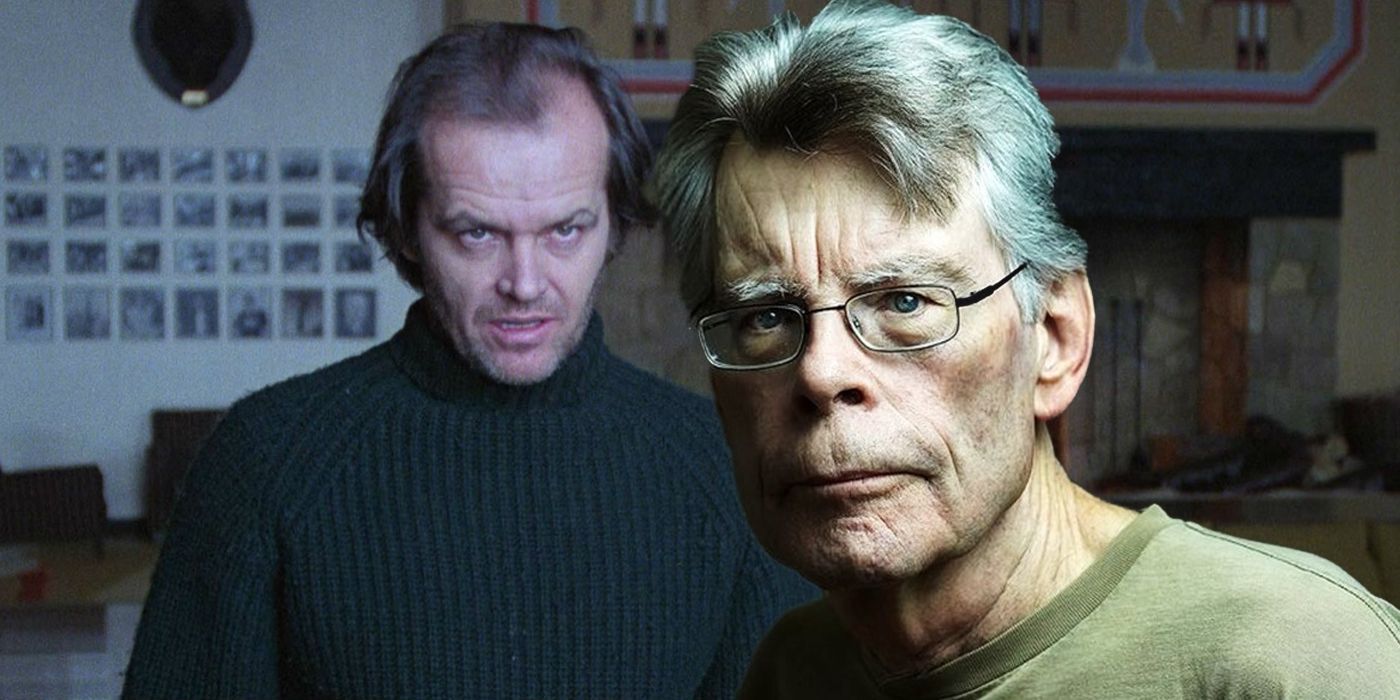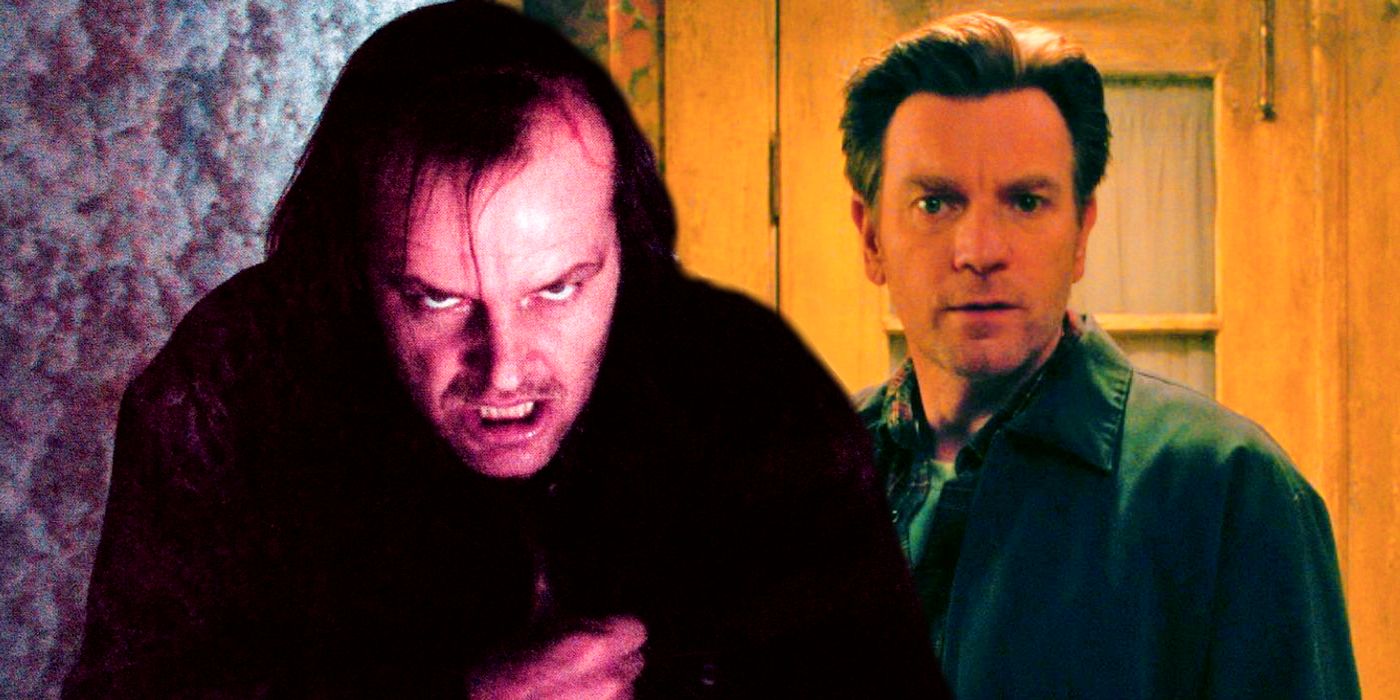
The Shining was a fictional tale but the setting was inspired by the true hauntings within Colorado’s Stanley Hotel. Stephen King’s The Shining book was the basis for Stanley Kubrick’s 1980 masterpiece film. A sequel to The Shining (and based on the book of the same name), Doctor Sleep, released in 2019 to middling economic and critical success.
The Shining is considered one of the most significant films in history. It tells the story of Jack Torrance (Jack Nicholson), a recovering alcoholic who takes a job as the caretaker of a historic hotel during their off-season. Jack, his wife, Wendy (Shelley Duvall), and their son, Danny (Danny Lloyd), move into the Overlook Hotel deep in the Colorado Rockies. Danny possesses “the shining”, a psychic ability that gives him insight into the hotel’s terrifying past. A snowstorm then forces the family to stay indoors and they start to learn the supernatural dangers that reside in the hotel. The evil forces deteriorate Jack’s sanity leading him to turn on his family.
While many aspects of The Shining‘s story are fantastical and far-fetched, one key detail is actually very real. The Overlook Hotel, while not an existing location itself, was inspired by a real-life experience that Stephen King had. Here’s how this inspiration took form in The Shining.

Many elements of the story, as well as the hotel itself, were inspired by the Stanley Hotel. Much of The Shining took place inside the ominous Overlook Hotel, a location that has become an iconic landmark in pop culture from the Grady twins down the hall to the carpeting on the floor. In 1974, King and his wife spent time at the isolated Stanley hotel in Estes Park, Colorado. The couple checked in just before the hotel was shutting down for the winter, and they were the only guests there. King, a natural horror writer, noted the eerie feeling of being in an empty hotel. While roaming the building, King felt inspired by the long corridors and the isolation from the world. His experience instantly gave him the idea for the horror novel.
The Stanley Hotel was built in 1909 by Freelan Oscar Stanley of the Stanley Steamer fame. The 142-room resort was meant for wealthy vacationers and also served as a health retreat for those suffering from tuberculosis. The Stanley Hotel is still in operation and remains a tourist destination due to its panoramic views of the Rockies. The hotel also has a very haunted history which has helped attract viewers and paranormal investigators.
When King stayed at the Overlook Hotel’s inspiration, the Stanley Hotel, in the mid-’70s, he resided with his wife in room 217. That specific room has a haunted history involving the chief housekeeper, Elizabeth Wilson. In 1911, Wilson was injured in an explosion caused by lighting a lantern. Though she survived the event, it’s said that she still wanders around the room, moving luggage and folding clothes. King has claimed to have seen a young boy while going to his room which wasn’t possible considering he and his wife were the only confirmed guests. There have also been a number of other accounts detailing unexplained noises heard, figures seen, and personal objects stolen or broken.

Kubrick’s version of The Shining‘s Overlook Hotel doesn’t match King’s vision of the resort. Kubrick changed much of the layout and added the hedge maze at the front of the property. The infamous room was also changed from 217 to 237. Due to King’s displeasure with Kubrick’s adaptation, the author made his own TV miniseries based on the novel in 1997, with the Stanley Hotel being used as the filming location. Due to The Shining‘s popularity, the Stanley Hotel has embraced the connection by hosting tours and events related to the novel and film. In 2015, the hotel decided to add the iconic hedge maze to the open area in the front of the property, which has been a hit with visitors.

A key component of both Stephen King’s real-life experience at the Stanley Hotel and the rendition of the Overlook Hotel presented in Kubrick’s The Shining movie is the pervasive sense of mystery surrounding the locations, but The Shining sequel Doctor Sleep compromises this magic. Throughout The Shining, as in King’s own experience, it’s never clear precisely what’s going on. One of the greatest strengths of The Shining‘s real-life and fictional story (and what makes it so genuinely terrifying) is how it consistently contradicts itself, never revealing whether the Overlook is possessed by ghosts, demons, or simply madness. In direct opposition to this approach, Doctor Sleep attempts to explain many of its predecessor’s purposeful mysteries; it chalks up all of The Shining‘s events to ghosts that wanted to extract energy from Danny’s Shining. While it’s an impressive feat to impose so much continuity and order onto a story propelled by the deep discomfort of the unknown, Doctor Sleep ultimately winds up ruining what makes The Shining, and Stephen King’s original experience at the Stanley Hotel, so authentically chilling.
Go to Source
Author: Kara Hedash